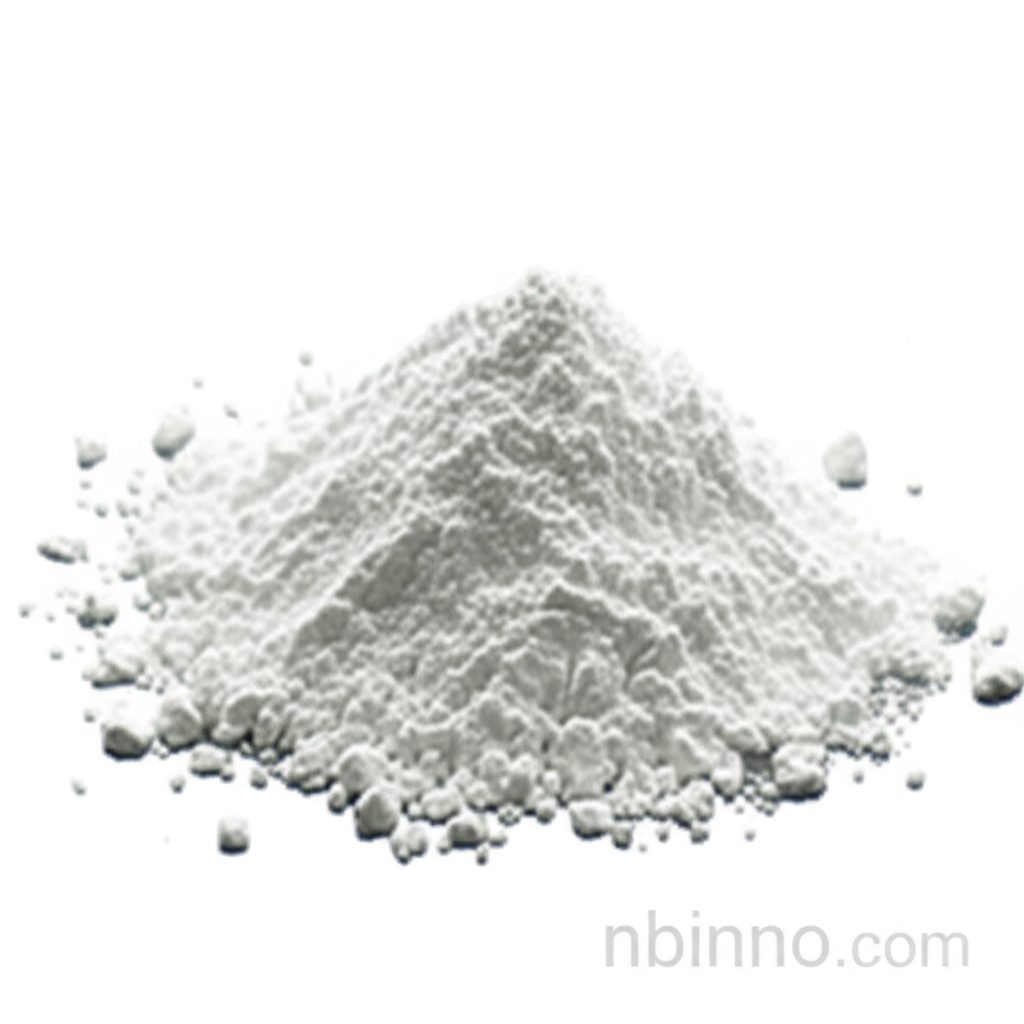Discover Lead(II) Carbonate Basic: Properties and Applications
Explore the industrial significance of Lead(II) Carbonate Basic, from its chemical properties to its diverse market applications.
Learn MoreCore Value Proposition

Lead(II) Carbonate Basic
Lead(II) Carbonate Basic, identified by CAS 1319-46-6, is a compound known for its crucial role in various industrial sectors. Its unique chemical formula, approximately 2PbCO3·Pb(OH)2, and its characteristic white, powdery appearance make it a versatile material.
- Utilizing Lead(II) Carbonate Basic's properties, industries benefit from its excellent opacity and durability when used as a pigment in paints and coatings.
- The industrial use of basic lead carbonate extends to enhancing the thermal and mechanical properties of ceramics and glass, showcasing its versatility.
- As a key compound in chemical synthesis, Lead(II) Carbonate Basic serves as a valuable reagent in materials science research and development.
- The lead carbonate chemical synthesis potential is vast, making it an important intermediate for creating other lead-based compounds.
Key Advantages
Enhanced Pigmentation
Leverage the high opacity and weather fastness of Lead(II) Carbonate Basic for superior pigments in coatings and plastics, a key aspect of its lead carbonate pigment history.
Material Property Enhancement
Incorporate this compound to improve the performance of ceramics and glass, contributing to their clarity and resilience in various applications.
Research and Development Tool
Utilize Lead(II) Carbonate Basic in laboratories for its utility in chemical synthesis, aiding in the development of new materials and chemical processes.
Key Applications
Paints and Coatings
The compound is widely used for its excellent pearlescent properties and as a component in original paints, anti-rust paints, and outdoor coatings, building on its rich lead carbonate pigment history.
Plastics and Printing
In the plastics industry, it acts as a stabilizer for vinyl chloride plastics, and in printing, it's used for packaging paper and textiles, showcasing its diverse industrial use of basic lead carbonate.
Ceramics and Glass
It serves as a raw material for ceramic glazes and is incorporated into glass manufacturing to enhance clarity and brilliance.
Chemical Synthesis
As a reagent, it is critical in laboratories for various chemical syntheses, particularly in materials science and the study of lead(II) carbonate basic chemical formula intricacies.
